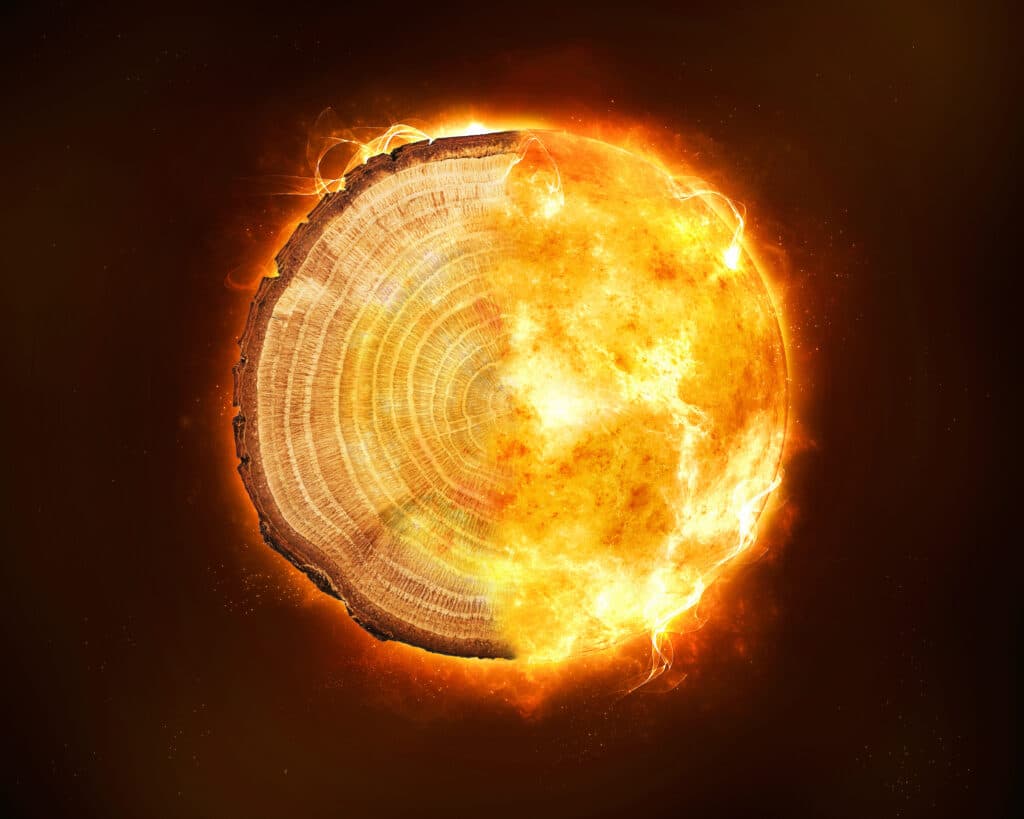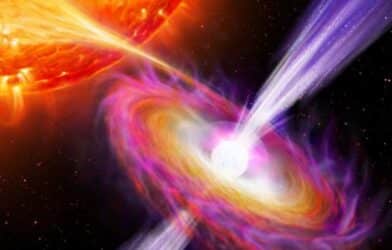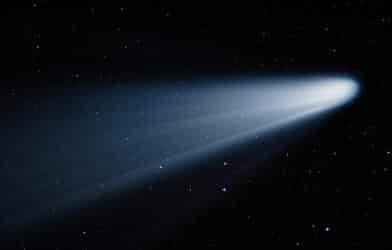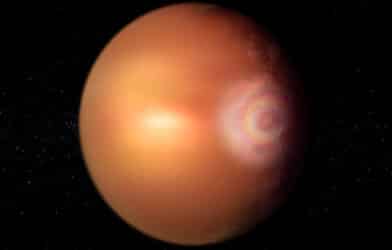“Why tell the trees what ain’t so? Whispering grass, the trees don’t have to know.” Bill Kenny and the famous Inkspots sang about the grass and trees whispering stories to the birds and bees, to be carried along by the breeze. The humble tree provides us with life, helps sustain our gently balanced atmosphere, and bequeaths us shade, food, water, shelter, and so much more to all creatures. The “humble” tree is far from humble. It is part of the foundation of our life.
In many lores, trees pass their stories to the wind, the bees, and the birds. This is how it is said that a secret can be heard across the world. The trees love to tell stories and learn new ones. However, it is more likely we can learn their stories inside their book-like tree rings.
Trees have been put in the crosshairs for astro-sciences. What can be seen is a telling tale of when our planet was hit by fierce radiation storms, or what is known as Miyake Events.
Miyake Events are devastating as they cause radiation and electromagnetic waves to splash into us for reasons unknown, and there is no idea where they come from. For now, it has been generally thought that it could be massive plumes of solar flares slobbering all over us like a dog chewing on a tennis ball.
The spike of the material known as carbon-14 is radioactive and can be found in the rings of trees and even the bones of animals. Produced by Miyake Events, it is found in tree rings from Japan to Germany, Russia, and the United States. It seems to be a globally equal event that strikes us with such magnitude that even the arbor storytellers can recall.
The Miyake Event is said, if experienced in our lifetime, to be devastating to our infrastructure and would be a blanketing EMP-like event that wipes out our threads of connectivity and electronics. This kind of force would not only blow transformers, fry phones, and ruin satellites, but it would also blast us with a healthy dose of carbon-14 — a radioactive isotope. No ghoulish appearance for me, thanks.
Recently, Dr. Benjamin Pope of the University of Queensland led a team to apply state-of-the-art statistical applications to the oldest tree in Europe and among others across the world.
“These huge bursts of cosmic radiation, known as Miyake Events, have occurred approximately once every thousand years but what causes them is unclear,” Dr. Pope explains in a statement.
UQ undergraduate math student Qingyuan Zhang developed software to help the team read the tree’s story about their exposure to these kinds of events.
Pope, Zhang, et al. have begun to challenge the validity of the theory of solar flares or bursts being the cause of these Miyake Events. Even more alarming, according to Pope, is that we may even experience one in the next decade but, with current technology, it’s impossible to predict.
“Based on available data, there’s roughly a one percent chance of seeing another one within the next decade. But we don’t know how to predict it or what harm it may cause. These odds are quite alarming, and lay the foundation for further research.”
One percent may not seem like a lot but in science and statistics, 1% can be an awful huge sliver out of the pie of understanding, depending on the end of the stick you’re looking at.
Will we see this malevolent and mysterious Miyake Event in our lifetime? That’s the problem; we’re unsure. At least, the trees were around to see it and live to tell us the tale. That’s probably something to account for. Bark or flesh, stumps or bones, stories get passed on all the same.
The study is published in the journal Proceedings of the Royal Society A.










-392x250.png)


Whoever is the first to ‘protect/harden’ their electronics against this could end up being the dictator of the whole world.